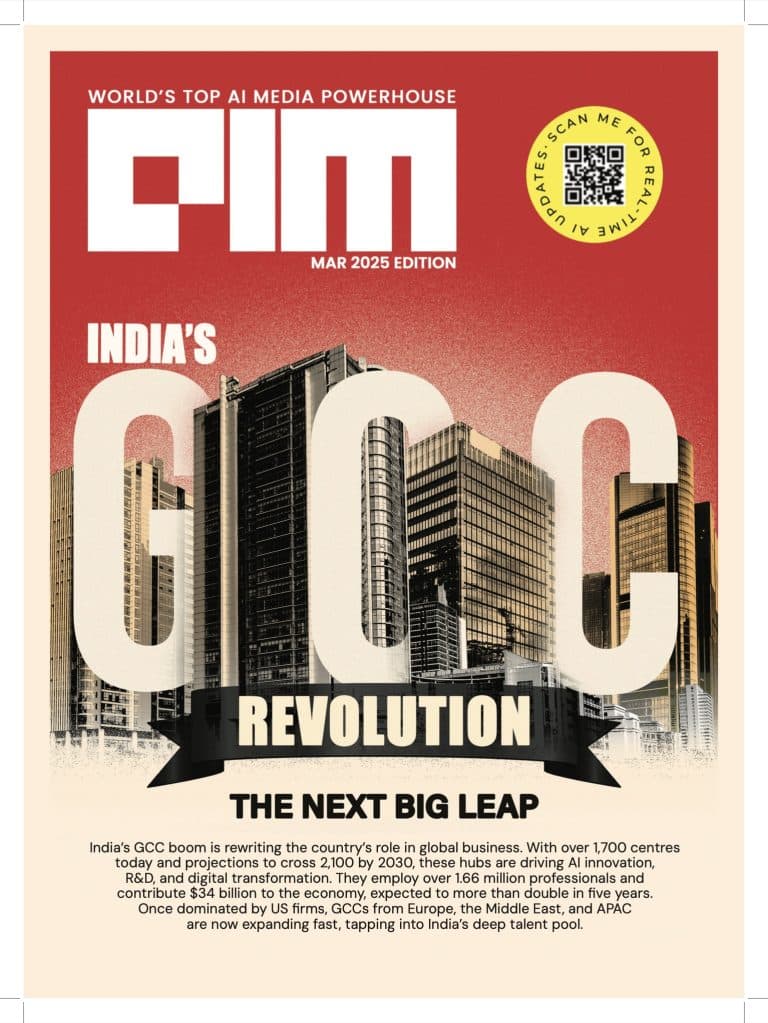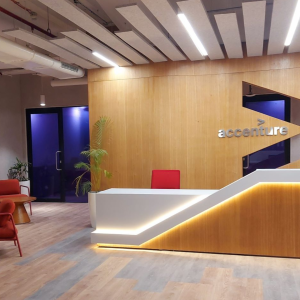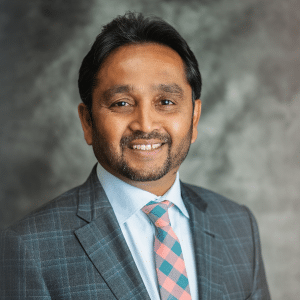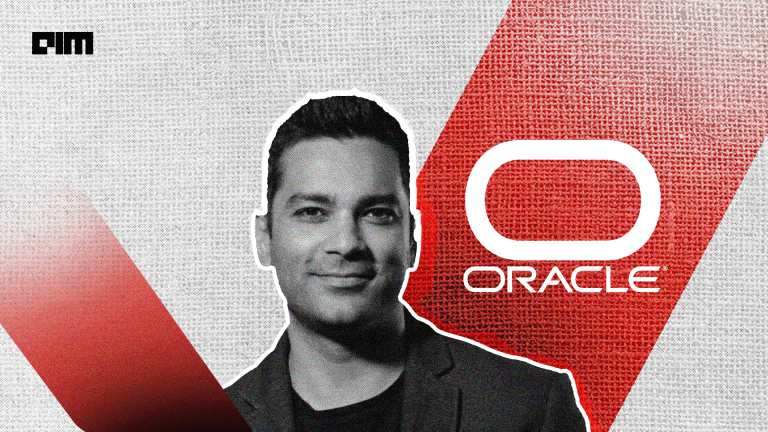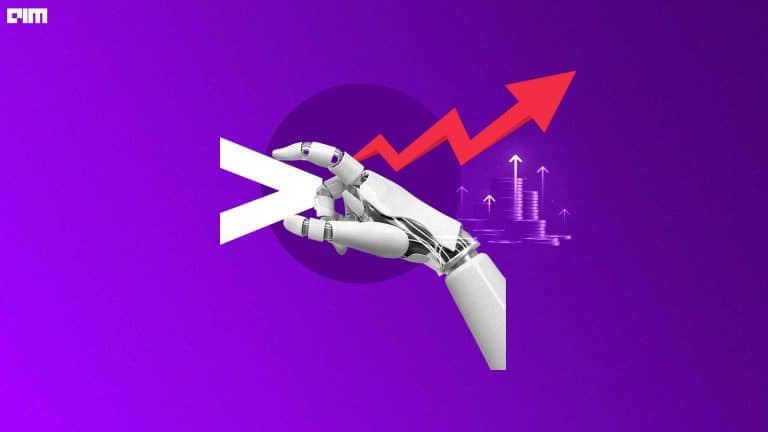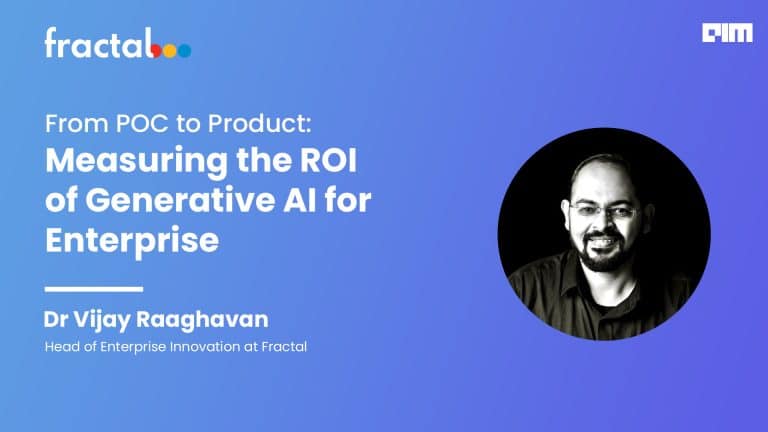In recent years, global capability centres (GCCs) have undergone a significant transformation, evolving from traditional back-office operations into hubs of innovation. Reports suggest that by 2030, GCCs will no longer exist in their current form. Instead, they will become an integral part of global organisations, adopting new models and focusing on business growth and revenue generation.
GCCs in India are already leading this shift, with business leaders and general managers increasingly based out of these centres, taking on profit and loss (P&L) responsibilities. Companies like Citrix have embraced this model, placing global managers in India to drive strategic decision-making.
A striking example of this transformation is CME Group’s India office in Bengaluru.
In an interview with AIM, Prabhuram Duraiswami, executive director and centre head of India of CME Group, highlighted, “Our decade-long journey has been very fulfilling and rewarding as it has seen us transform from a service delivery site to a centre that is able to drive immense value and positive impact to our customers. We have been successful in establishing ourselves as a centre of excellence.”
According to Duraiswami, CME Group was established in 2015 as a small operation with 100 employees and has since expanded nearly sevenfold. It primarily handles technology, operations, and quantitative engineering.
Today, it functions as a strategic centre of excellence and plays a pivotal role in cloud adoption, risk management solutions, and advanced quantitative research.
Cloud, AI, and Agile Innovation
CME Group’s 10-year partnership with Google Cloud, signed in 2021, is a game-changer for the global derivatives market. “Google Cloud [aims] to transform global derivatives markets through cloud adoption, and at the same time…co-innovate to deliver expanded access, new products and more efficiencies for all market participants,” Duraiswami mentioned.
He also stated that, with Google Cloud Platform (GCP) migration as a top priority, the team in Bengaluru is sharpening its focus on cloud, data, platform engineering, and reliability engineering.
In this regard, the company is actively hiring product managers, scrum masters, agile coaches, and data experts to drive innovation at scale.
Over the years, its workforce has grown from 100 to nearly 750 employees.
Leveraging India’s Talent for Global Impact
One of the most fascinating aspects of CME Group India’s journey is its role in shaping the company’s next-generation clearing and risk management solutions.
“Our clearing team is responsible for developing and implementing quantitative models and algorithms for risk management, pricing and valuation,” Duraiswami revealed.
Moreover, he pointed out that the team’s strategic location in India allows it to seamlessly support the Asia-Pacific region, ensuring smooth operations during crucial end-of-day clearing cycles. This time-zone advantage, combined with technology and expertise, has positioned the India team as a key enabler of global financial stability.
According to him, the company’s Bengaluru office is also involved in product introductions and customer portfolio building.
For the latter, Duraiswami highlighted that a significant part of the global team is based in India and is responsible for conceptualising, developing and implementing solutions that meet the needs of CME Group’s customers.
Talking about the diverse and skilled talent pool, Duraiswami stressed that the CME Group in India is investing in upskilling and reskilling its staff to meet the evolving needs of the business.
He pointed out that the sheer size of the pool of highly skilled technical talent available here allows it to play an increasingly important role in developing and supporting the company’s complex products and services.
What are the Others Doing?
A similar sentiment is reflected in Kimberly-Clark, a global leader in personal care brands such as Huggies, Kleenex, Andrex, Cottonelle, Scott, and Kotex. The company appears to have a strong affinity for Bengaluru, choosing it as the location for its global digital and technology centre (GDTC), setting it apart from other cities in India and around the world.
“Bengaluru provides access to a highly skilled talent pool and serves as a hub of technological innovation within India,” said Sreekanth Jayabalan, VP and CIO of digital transformation office and enterprise markets at Kimberly-Clark, during an interview with AIM.
Similarly, Amit Kapur, VP of AI and data analytics at Lowe’s told AIM, “Many of our core systems, including the omnichannel order management and self-checkout terminals, were built from the ground up by our engineers in Bengaluru. These solutions have provided us with unmatched scalability and flexibility.”





